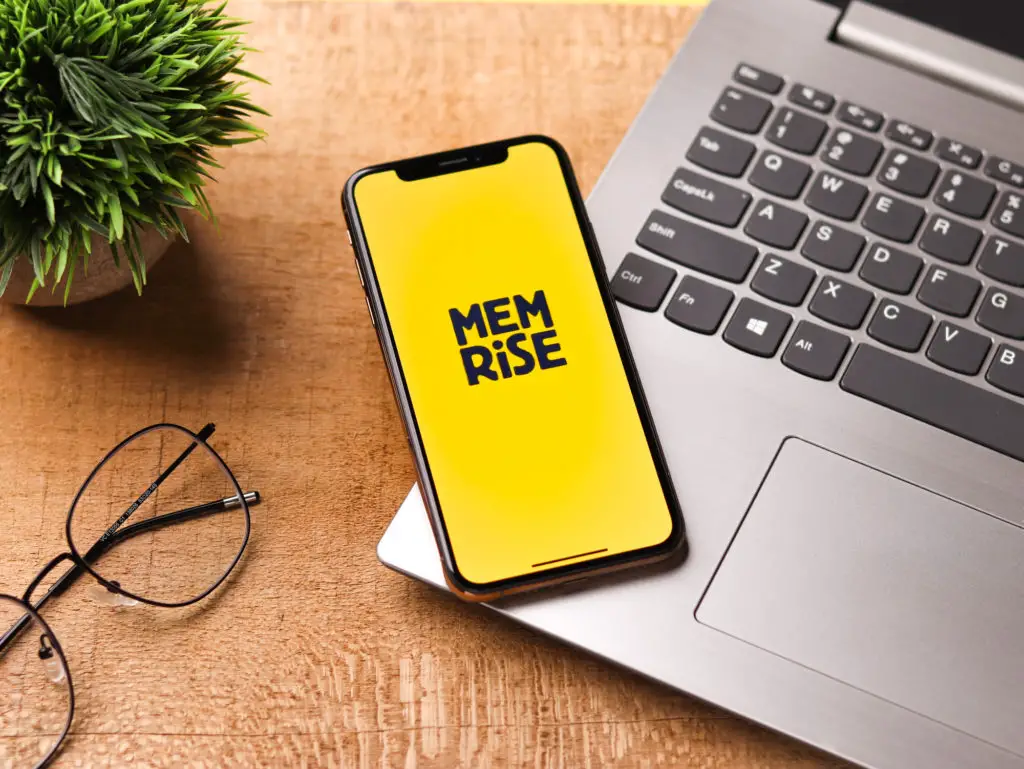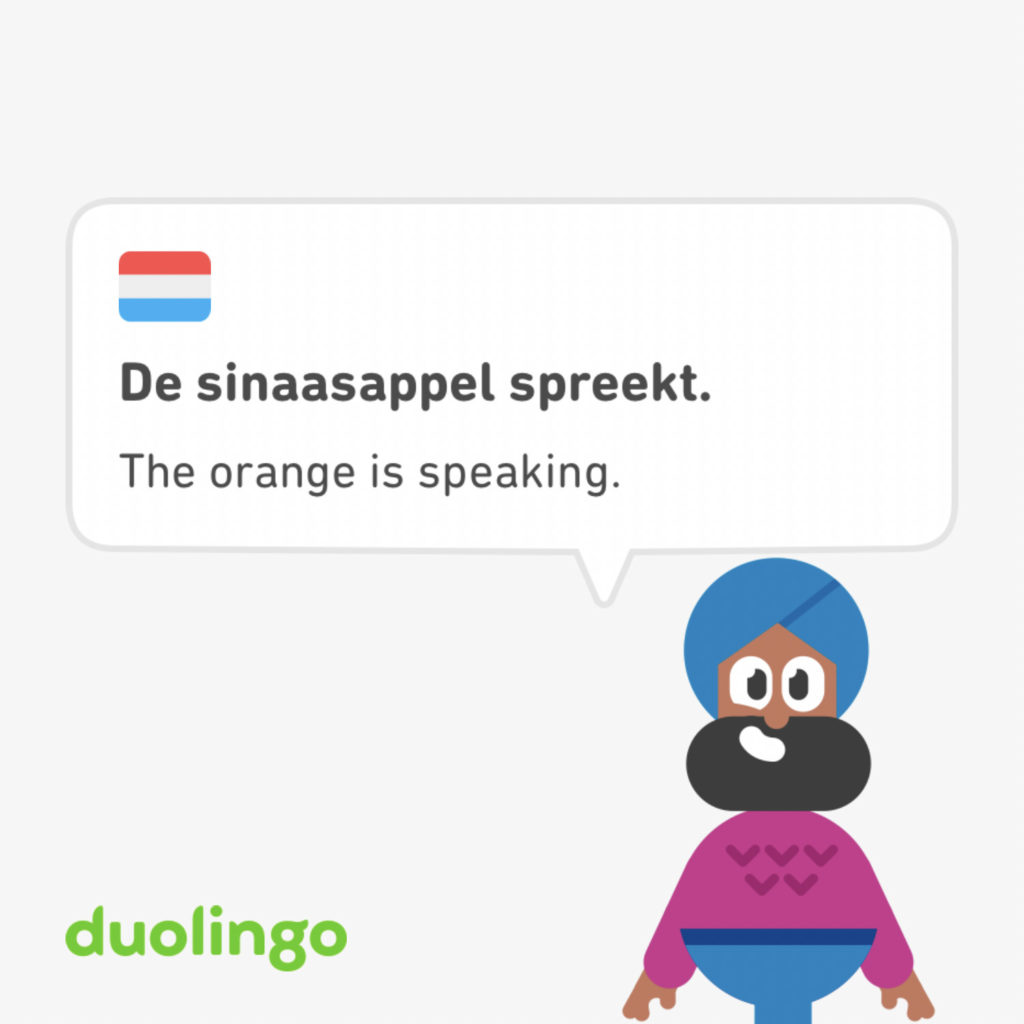It can be overwhelming deciding how and where to start when it comes to learning Dutch. The internet is luckily a great place to find free courses and websites teaching you not only basic Dutch, but also with explanatory videos of just about every grammar topic you can think of.
I’ve put together this list of 7 free online courses for anyone looking to learn Dutch.
It consists of both video courses and language learning apps/websites.
These Dutch teachers and creators have developed amazing content that can help you learn at your own pace.
We all learn differently — so go with whichever personality, teaching style, and accent you like most!
Video courses
1. Learn Dutch with Bart de Paul
Bart de Paul offers a free video series on his website and YouTube helping students learn the 1,000 most common words in Dutch.
Learning the 1,000 most common words (along with a good understanding of grammar and sentence structure) will make it possible to have very basic conversations in Dutch, and understand more than half of the spoken language.
Throughout the 40 video lessons, you don’t only see the word and how it’s spelled, but you also hear the pronunciation. Repeat each word to get the hang of the pronunciation.
To get even more value from this free course, flashcards are a great tool to use alongside this and maintain all this new vocabulary.
I have personally used an app/website called Quizlet but Anki also seems to be a popular one. On Quizlet you can make use of flashcard decks other users have already created — which I certainly did while learning Dutch.
One word of caution when it comes to learning and making flashcards of the 1,000 most common words — and that is to learn all nouns with their correct article.
Nouns in Dutch can use either “de” or “het” (meaning “the”) as a definitive article, but you more or less have to memorize which words use which form of “the”.
Fortunately in Bart’s course, all the nouns are taught with their article. However not all flashcard decks I have seen online include the articles — so be cautious of this.
If your goal is to sound natural and grammatically correct when speaking, you should definitely learn the correct article for all nouns you learn!

2. Learn Dutch with Kim
- YouTube beginners course (A0-A1)
- YouTube beginners & intermediates course (A1-A2)
- YouTube higher intermediates course (A2-B1+)
If you are learning Dutch in 2022 then you most likely have already come across her channel on YouTube.
Kim Jautze’s channel is one of the most popular in the Dutch learning space, teaching “Dutchies to Be” her native language of Nederlands.
If you’ve seen my post about topics you need to know for each level of Dutch you’ll notice she has covered just about every important Dutch grammar topic with a video on her YouTube channel.
The video style is mainly Kim giving the lesson “face to face” with the audience. But she also incorporates other characters in skits to give example conversations and scenarios. She clearly has put in a lot of creativity, time, and effort into making her videos educational, but also high quality, and entertaining.
She mostly speaks in slow, clear Dutch in her videos (including for giving grammar explanations) and includes English subtitles.
The courses linked above are not necessarily branded as courses, however she has created playlists which include the videos she considers necessary at each respective level.
Even if not watched all together as a course, I highly recommend checking out her videos if there are any specific grammar topics you are struggling with.
3. Learn Dutch with Alain
Alain de Raymond is a Dutch teacher from Belgium with a YouTube channel and several (affordable) language courses available online.
His is the only course on this list offering Dutch lessons with a Flemish accent.
On his YouTube channel you can find short videos covering different grammar topics, pronunciation, expressions, and frequently used words.
In terms of the video format — Alain gives the lessons “face to face” with the audience on one half of the screen, and uses the other half to display the text. Grammar explanations are given in English.
Similar to Kim’s channel, the courses linked above are not necessarily branded as courses, but Alain has created playlists which include the videos he considers necessary at each level.
Not included in the playlists, Alain has also created an online course of over 30 videos covering topics such as the alphabet, verbs, false friends, plurals, articles, adjectives, and more.
The easiest way to find this course is go to all of his videos and scroll to videos with “Learn Dutch Online Course” in the thumbnail (posted in September 2020). These are numbered from 0.1 to 36.
4. Vivo Dutch
Vivian, the creator of Vivo Dutch, helps English-speaking expats learn how to speak Dutch with confidence. She offers free and paid courses and is active daily on Instagram.
The only free course available on her website at the moment is the mini pronunciation course. This video course primarily helps with the sounds “uu”, “u”, and “ui” which are notoriously difficult for non-Dutch speakers.
She also gives tips on how to improve your pronunciation.
There are videos explaining how to make the sounds, including exactly how to position your lips and tongue. There are also exercises where you listen and assess what sound you hear (with answer guides). All lessons are given in English.
This is a mini-course and thus can be completed within a couple hours. It is an intro into her (paid) pronunciation program.
Language apps / websites
Language learning apps are designed with absolute beginners in mind — making them a great first place to start.
For beginners I recommend apps which include grammar explanations and not just vocabulary.

5. Duolingo
You may not think necessarily think of Duolingo as a course, but studies (by Duolingo) have shown that after completing a seven unit course on the app, learners have completed all of A1 and A2 and half of B1 based on the international standards set out in the Common European Framework of Reference for Languages (CEFR).
I personally used Duolingo and do recommend it whenever I am asked for suggestions. Particularly on the web browser version of Duolingo, there are extensive explanations for many of the topics in the course.
The Dutch course (or “tree”) on Duolingo consists of 6 units, each increasing in complexity. Each unit has several chapters (between 18-26 chapters per unit) and chapters are centred around a theme or grammar topic.
For instance, in unit 1 the first five chapters are:
- Basics 1
- Basics 2
- Phrases 1
- Negation 1
- Food
Duolingo teaches you both vocabulary and important grammar structures. There are reading, writing, listening, and speaking exercises, which help you practice all of the basic language skills from the very beginning.
The app has 1.7 million learners following the Dutch course, which is not even in the top 30 most followed courses in the app. It therefore lacks some of the capabilities (e.g. short stories) you find in for example the Spanish (from English) Duolingo course.
That is one of the reasons I started writing my own short excerpts in Dutch on this website — as I found this to be lacking in the free material available online. All excerpts on the DIY DUTCH website are edited by a native Dutch speaker.
As with any recommended free course on this list, I do not believe it is going to get you to fluency on its own. Fluency comes from a lot more input and output — hearing/comprehending spoken Dutch and speaking the language yourself and being corrected on your mistakes.
However I would say that practicing Duolingo daily prepared me very well for the language courses I did take, and (alongside lots of self-study and dedication) made it possible to skip to B2 without B1.
6. Memrise
Memrise is another great app which I used in the process of learning Dutch.
Their value comes from having in-house linguists who help contribute to a curriculum full of useful, everyday Dutch. While in Duolingo you are bound to come across some wacky sentences that one would never use in real life…

Memrise on the other hand takes an approach of using more practical vocabulary.
The app uses an algorithm (spaced repetition) which predicts when a given word or sentence is likely to fall out of your memory. That’s when the term will pop up again during practice for you to review. This spaced repetition system supposedly leads to stronger memories!
Much of the course is available free of charge, however there are additional features such as listening exercises, and difficult words which can be unlocked by purchasing the pro version.
Without the pro version you still have access to a 7-part Dutch course of on average 7 hours of learning material per chapter. And that’s just the course created by Memrise. There are also tons of courses uploaded by fellow Memrise users.
7. University of Groningen
The Introduction to Dutch course is offered to the public by the University of Groningen Language Centre. The course was created by five educators from the university and is taught via the FutureLearn platform on the University of Groningen website.
The course can be accessed for free for 21 days, however an upgrade is available which gives you unlimited access to the material, access to tests, and a printable certificate of achievement (once you become eligible).
The course is split into three weeks of material:
Week 1 – introducing yourself, basic grammar (personal pronouns, regular verbs), counting, the alphabet
Week 2 – Family, work, weather, grammar (articles, negation, plural), time, greeting someone
Week 3 – living in the Netherlands, grammar (adjectives, comparatives and superlatives, modal verbs, future tense, word order), making a suggestion, paying
The nice thing about this course is that the format of material is quite varied. For some topics you watch videos of people interacting (for instance to learn the topics “introducing yourself” and “talking about family, work and study”).
There are exercises where you have to listen to a conversation and fill in the blanks, listen and answer questions, or listen and repeat.
For the grammar topics, they are written out on a presentation with several slides, with a voiceover of the grammar explanation in English. Grammar topics are followed by a quiz. You can take as many attempts as needed to respond to the questions, and can skip questions to come back to later if desired.
This is probably the most comprehensive and digestible free course if you’re looking for something you can complete in a few weeks.
Final thoughts
I have followed just about every free course out there online, along with a handful of paid courses. While the paid courses have made a significant impact on my progress, I wouldn’t be where I am today without the generous creators that created free content to learn Dutch.
My post of the best paid courses is still to come…
Make use of these free resources above, but also check out and support these creators’ paid courses if you have the means to do so.
Don’t see your favourite free Dutch course on the list? Leave a comment and let me know what should be included in the next list!
